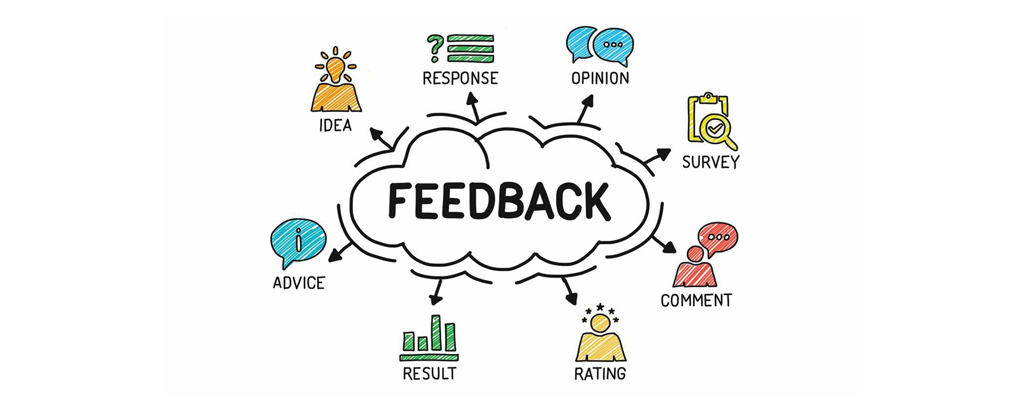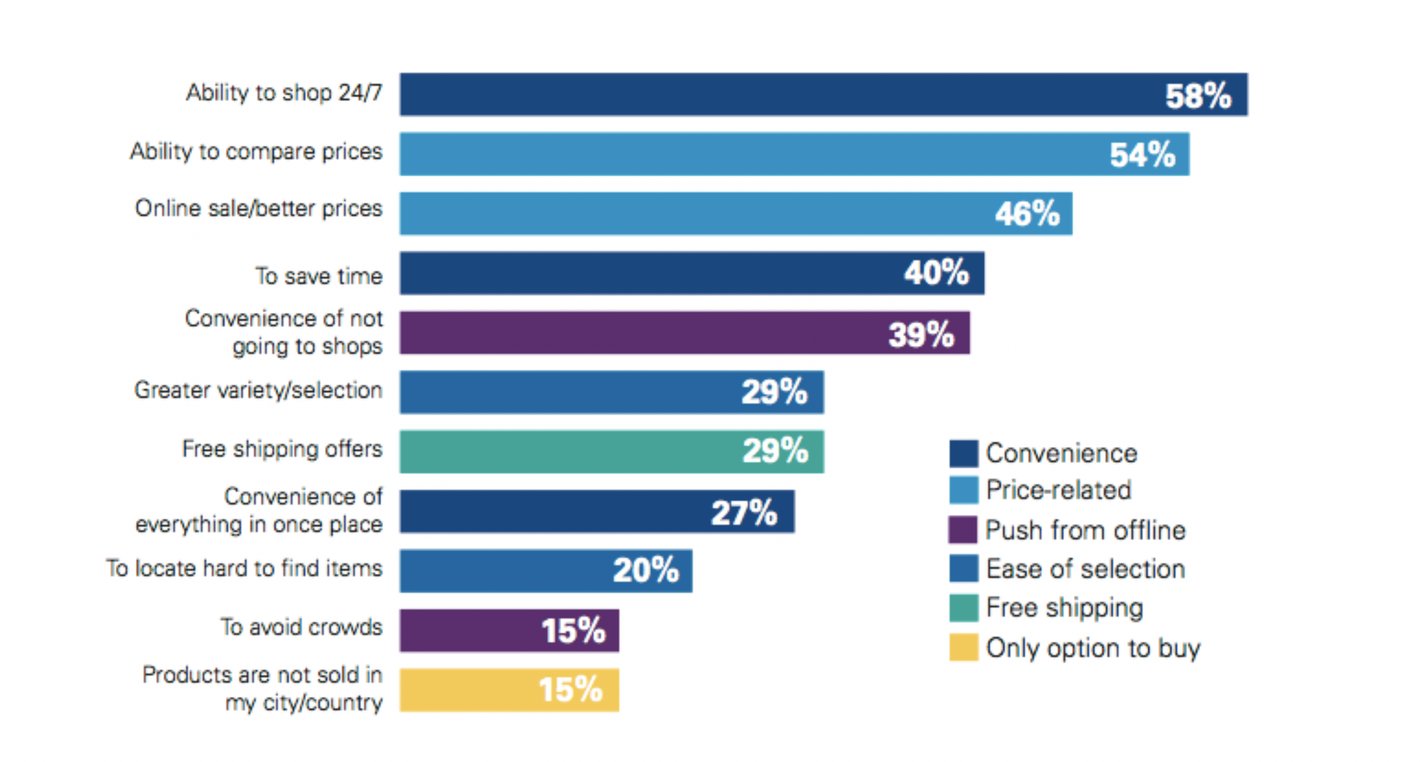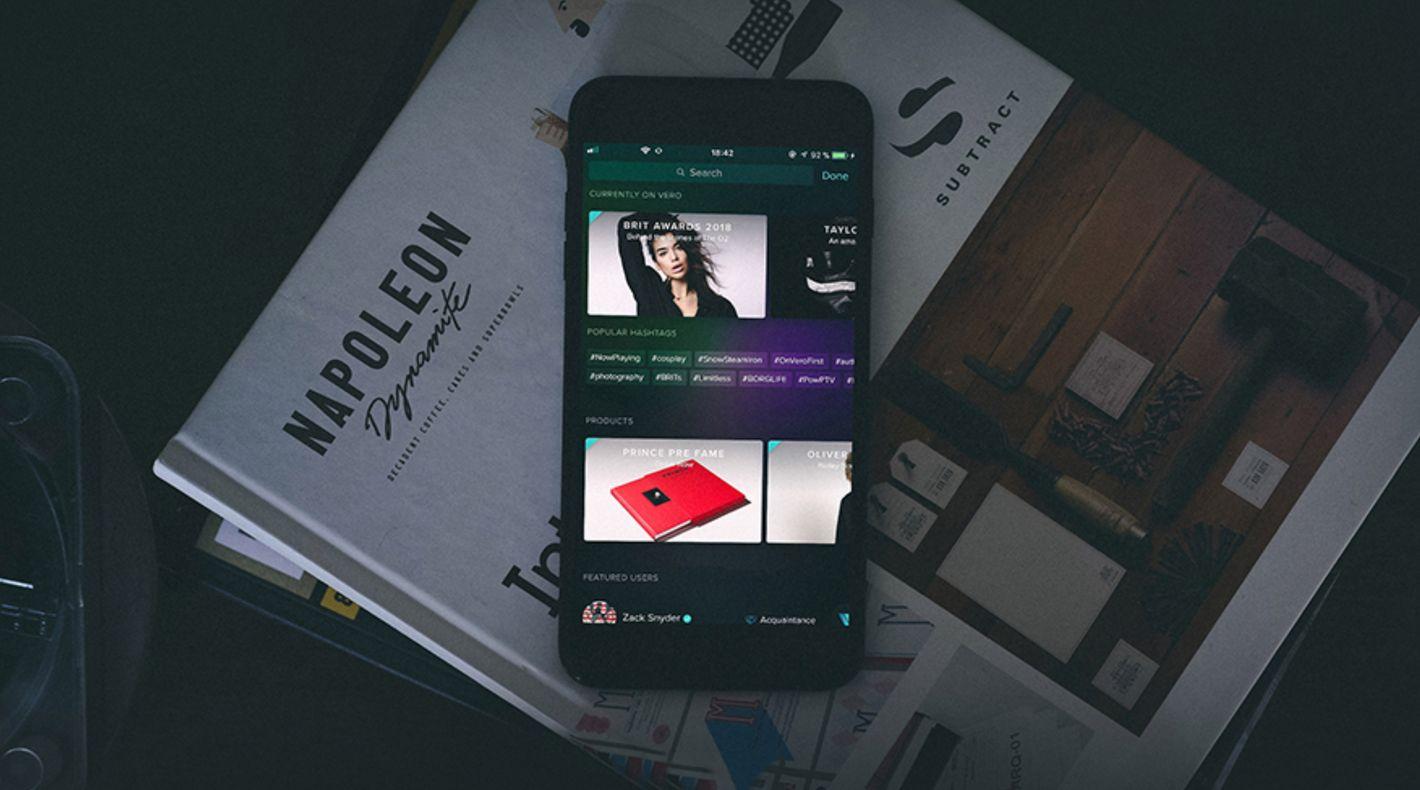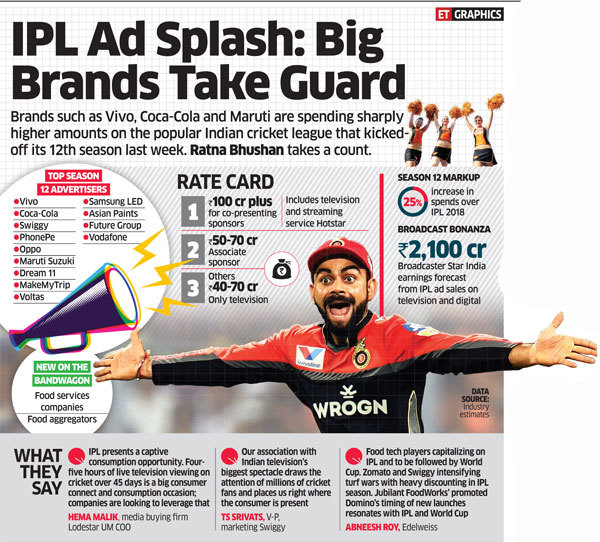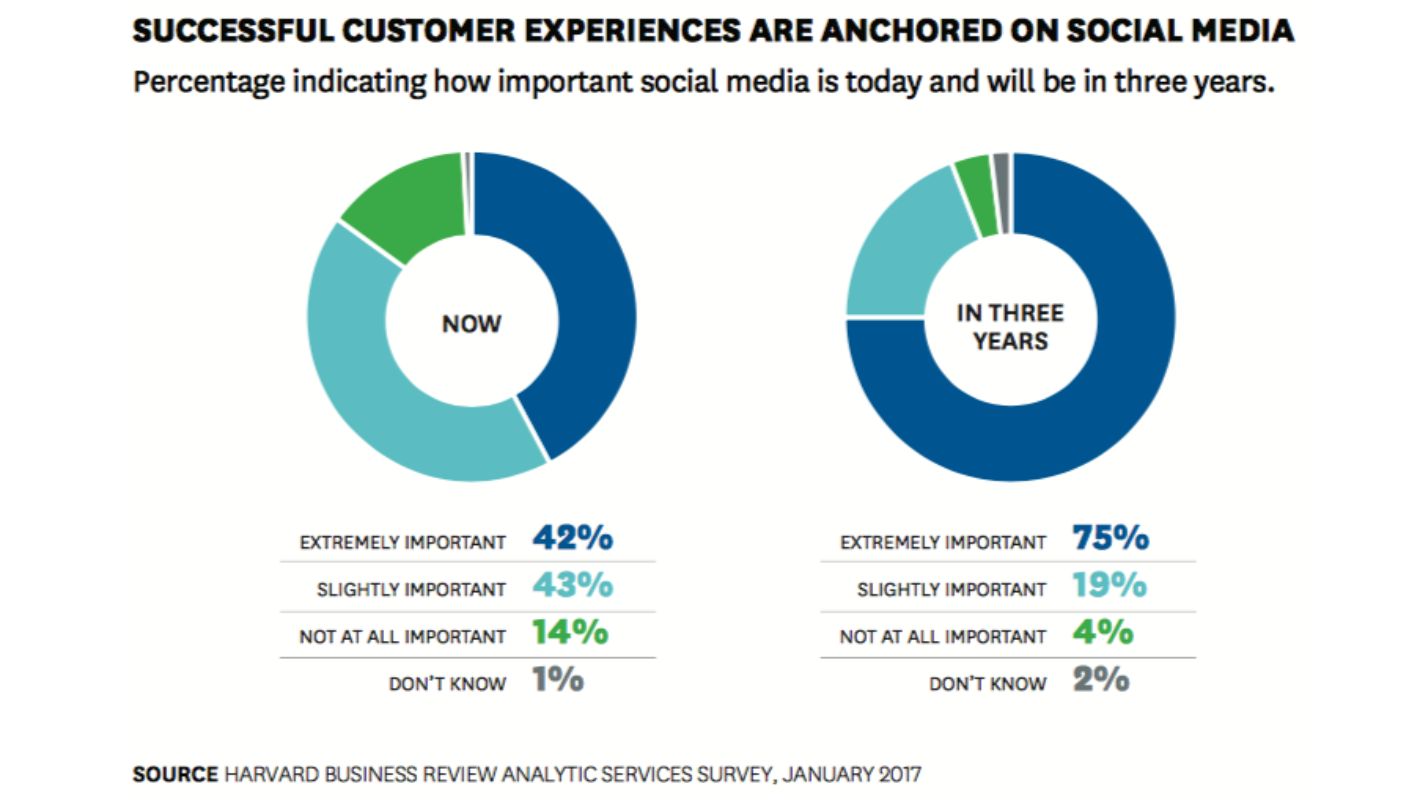#ThinkDigital – Influencer Marketing 2.0
“Hola~~ A few weeks back our Prime Minister Shri Narendra Modi tweeted a picture worth more than 100 million followers. Everyone who was is the picture had a hefty population of followers on almost all social platforms. The picture floated on all platforms for a good week and received a good response from everywhere. To a marketer like me, it was a perfect example of good influencer marketing.
Let’s take a step back as I welcome you to the world of influencer marketing 2.0. In many types of research conducted by well-known institutes across the world, it is observed that people are more willing to try a product suggested by the people they follow. However, it is not new as this was the reason why we had celebrities endorsing the products in TV commercials or print/banner advertisements. The difference is the personalization of the advertisements now. Let me explain to you that in some deeper details.”

As a general public, we use social media platforms to express personal views, share our opinions, and to let others know about what are we in to. We also follow the people who we like or whose opinions, style, thinking we like. Eventually, these people ( the one we follow) become influencers to us. As we are more interested in finding out what they are doing, what’s new in their profile, what are they sharing and hence it creates a great opportunity for brands to engage with the audience at some personal level. Campaigns have shown the improved result, sometimes up to 30% more engagement when using influencers with the right digital mix.

There are also some interesting campaigns, for example, run by brands like Walmart who is trying to Integrate Influencers content on the brand/product review and pages. The real results of such experiments are yet to be observed however this clearly indicates a shift in the mindset to include the influencers in the media and the medium strategy. Walmart is also experimenting with brands who are selling on Walmart.com to have the buy buttons from Walmart.com embedded into influencer blogs and channels.

Now marketers also need to understand one thing clearly that who are these influencers and who should be in their target list because finding correct and authentic influencers is equally important as finding right publisher to run your ad campaigns. Until last few years, influencer discovery was done manually (and I mean it) as the digital marketers had to manually find their profiles on social media platforms and then reaching out to them with campaign brief, negotiating and executions were the other side of the pains.
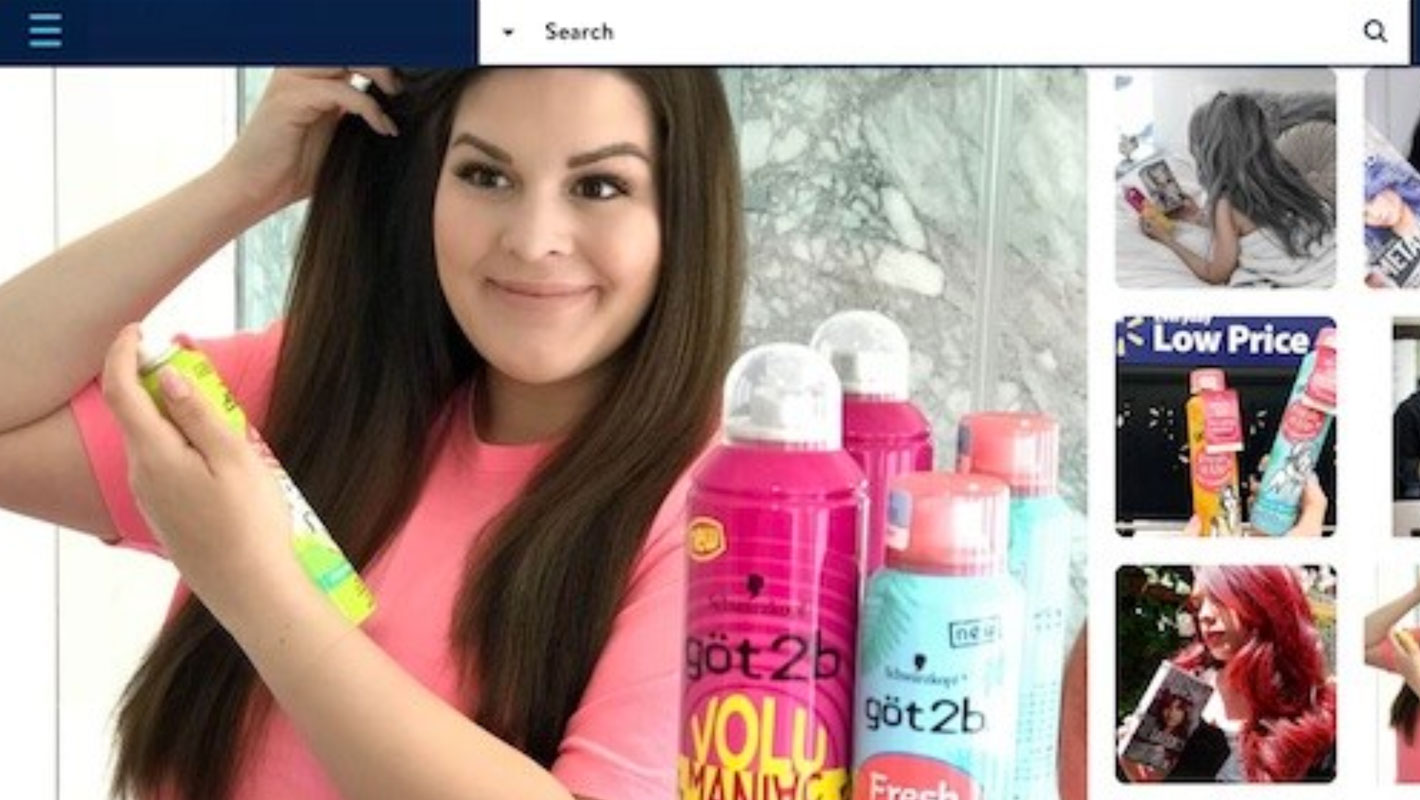
Now Artificial Intelligence algorithms in conjunction with Big Data is on pace to solve the neck cracking influencer discovery. I call it Influencer Marketing 2.0. Social media platforms like Facebook, Twitter, Instagram allows fetching a lot of public data via APIs for a free or nominal cost and technology companies are now using this data to understand the Influencer profile, categories, engagement score, and total outreach.
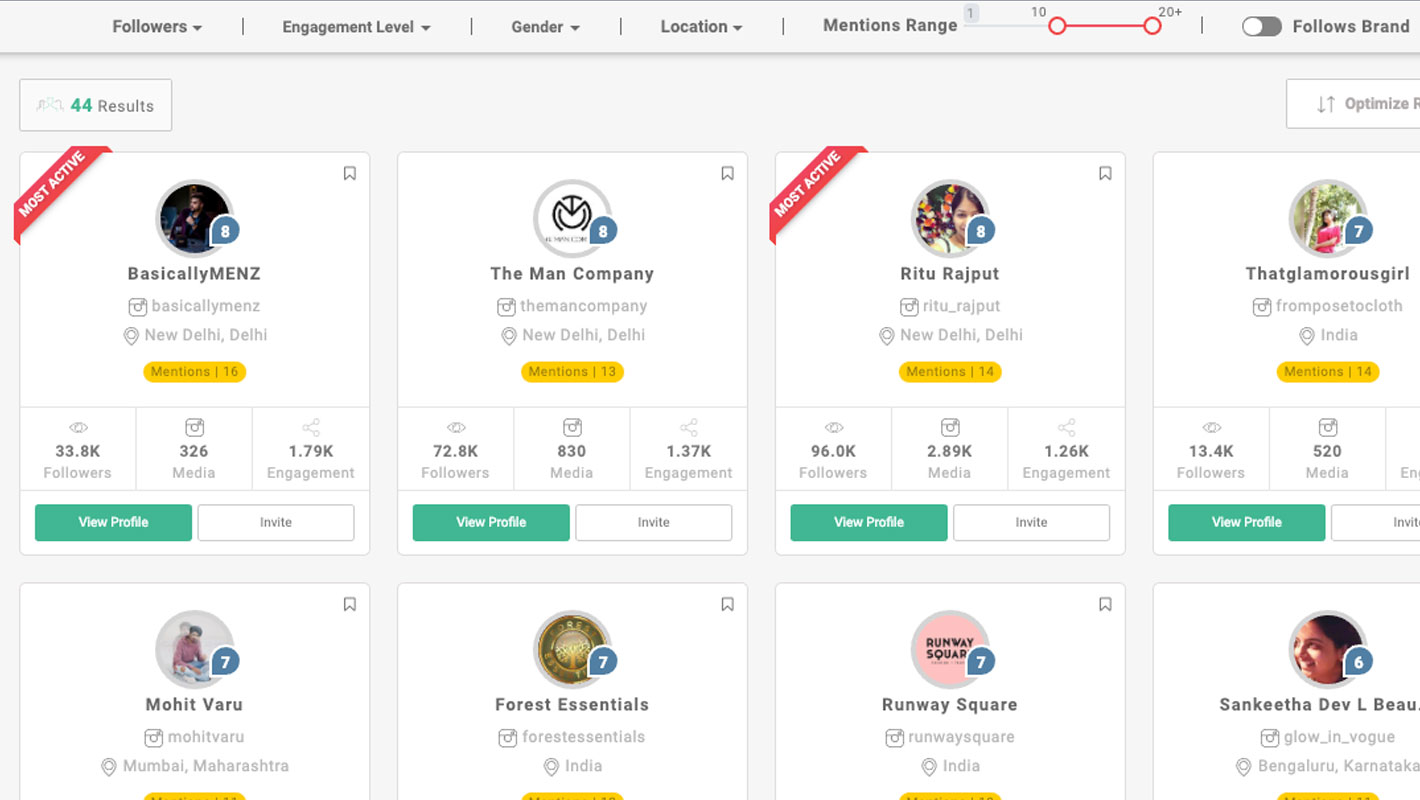
Artificial Intelligence involvement in media planning is yet to take the full speed however media discovery and analysis is something that is on a set path for AI to tap in. As per Adext blog a few years ago, marketers were somewhat reluctant to incorporate artificial intelligence (AI) in their digital marketing strategies. But last year they have gained a lot more confidence in using AI since its ambiguity has been reduced with respect to the results it can provide. These intelligent tools keep evolving more and more and are even reaching a point at which they are able to surpass humans in certain aspects like we are about to see.
Growing Influencer marketing expertise is critical for the business as it looks to break with some of the direct-to-consumer marketing tropes that can no longer be relied on their own. AI has changed the way how the world is being perceived now and its applications to the marketing ecosystem will continue to make marketers life efficient.
Advertising is changing as digital ecosystem influences the thinking of a consumer and its lifestyle. In my column, “#ThinkDigital” I explore the intersection of the latest digital-tech, advertising and everything around. Every fortnight I will be sharing insights on the latest digital trends, innovative campaigns, and conversations from the Innovation and data-driven digital leaders across the planet.
Internationally acclaimed advertising and analytics enthusiast, data-driven digital strategist, Abhinav has worked across countries with data and analytics-driven companies such as SAP, Dell, Citrix and led consumer behavior focused data and marketing teams of JetBlue, PlaceIQ, OnDeck. Currently, he is Managing Director and Cofounder of ATechnos (www.atechnos.com), a 2012 established innovative digital consulting think-tank based out of Delhi NCR, Mumbai, and Bangalore.
Follow Abhinav on twitter @aj_atechnos or LinkedIn – www.atechnos.com/aj
© AbhinavJain. No part of this article can be used without explicit permission. All rights reserved.


